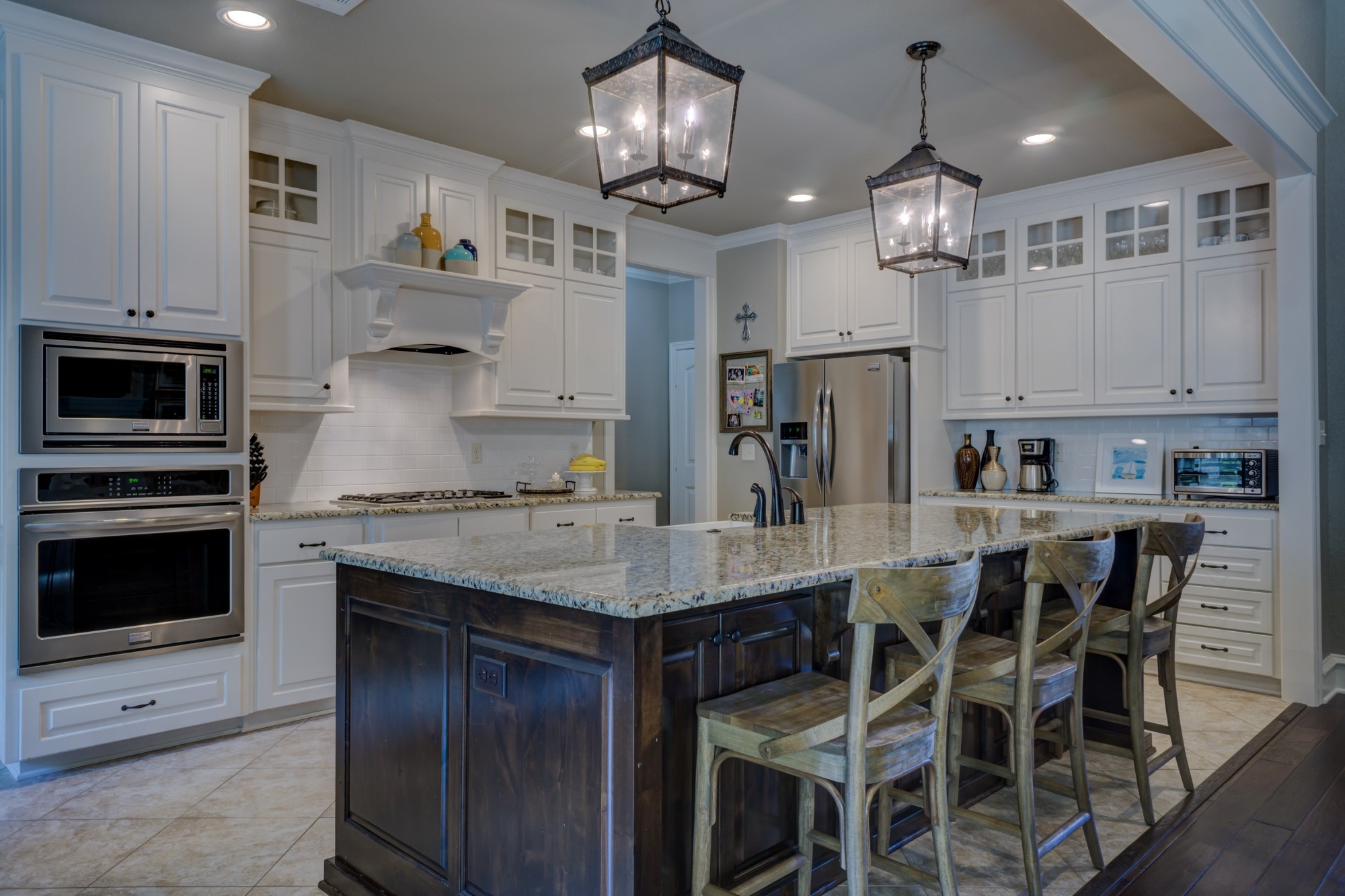With America being in a housing shortage, there is a push to build more homes, more quickly. Often in the rush to provide housing, the beauty of a building is overlooked.
If you’re thinking about or in the business of building homes, you’ll want to make sure the projects you are involved in are admired and enjoyed.
We look at the residential design trends coming in 2021, so you can be designing and building houses to be proud of.
Residential Design Trends
From architecture trends to home design trends, there is so much that’s popular right now. Sustainability and flexibility seem to be top priorities this year and we think that will continue moving forward into 2021.
1. Sustainability
Millennials are the largest portion of the world’s population right now. As they reach the average age for buying a first home, it’s no wonder trends are set to follow what’s important to them.
Sustainability is top on the millennial agenda. They are committed to, invested in, and working for companies and causes which promote and embody sustainable living and development goals.
Sustainable design and building can encompass many things.
Sustainable Design
There are lots of ways to incorporate sustainability into home design trends. Here are a few options.
Prefab Homes
Prefab homes are said to produce less waste. They are also less prone to theft or damage during construction as they are not produced on-site.
They are also quicker to build than traditional houses.
Shipping Containers
From hidden sanctuaries in secluded spots to high rising homes in the city centers, shipping containers are making a surprising stand. They could be set to play a big part in 2021 home construction.
Recycled shipping containers are inexpensive and stronger than a lot of normal building materials.
Recycled Materials
If prefab homes and shipping containers are too far from your comfort zone, consider recycled materials.
Cork panels and flooring, newspaper wood, recycled glass, and steel. There’s almost no end to the list of materials that can be recycled and used in home construction.
2. Open Multipurpose Spaces
Covid-19 has forced people to spend more time in their homes than ever before. With space at a premium even for new builds, flexible spaces are a must.
Not only do people need multipurpose spaces, but they also need multi-functional furniture to go in them. Being able to rearrange or change the furniture in a space so that it has different functions for different times of the day is genius.
Sofas and tables with storage mean a room can go from a messy playroom during the day, to a relaxing living space once the kids have gone to bed.
A bookcase that doubles as a table or desk is a great option for homeschooling or work in small spaces.
Expanding tables are great to turn living spaces into entertainment or family hubs. Board games and puzzles enjoyed a surge in popularity during the pandemic as people looked for a way to pass the time.
Having a surface big enough for everyone to gather around and enjoy an activity together is great. Being able to fold it away and free up space if even better.
3. Smart Homes
Smart devices are becoming increasingly varied and available. It makes sense that smart homes are therefore on the rise. It also fits with the millennial generation which is entering the property market and their sustainability goals.
With smart heating and lighting, there is no more wasted energy. Turn things on and off with a tap of your phone. Set times for automation and even geolocation so that your home will come to life as soon as you step through the door.
Many home builders are incorporating technology into their homes. It’s a trend that is here to stay and should definitely be considered in the age of flexibility and connectivity.
4. Outdoor Spaces
Outside space was hard to come by for many during the recent lockdowns. Being able to connect with nature and feel the sun on your skin has become more important to many.
Current architectural trends say that rooftops are the new backyards. Whether it’s a traditional yard, a balcony, or a rooftop, consider where and how you can implement outdoor living.
Gardening has also become more popular with the rise of house plants. Make sure there is space for seating and plants. Try to incorporate shaded areas and spaces that are protected from the elements for all year round use.
Introducing cooking to an outdoor space is also a plus and doesn’t require huge amounts of room. It can save on energy bills too during the summer because you’re not heating your house through cooking and having to cool it again.
Outdoor living should be about relaxation and enjoying the view, but don’t sacrifice privacy. For a more luxurious build, you could even install a hot tub or a pool.
5. Home Offices
Homeworking has rocketing during the pandemic. Whether working from home is the permanent new normal, it’s certainly here to stay in some form for the foreseeable future.
We spoke about multi-functional spaces, but it’s also important to maintain home and work-life balance.
Ensuring there is somewhere away from the usual buzz of family life for people to work will be important for home building going forwards.
Which Trends Will You Choose?
Check out our other articles for more ideas on residential design trends and DIY tips. Don’t forget to browse our provider’s directory to find a business to help with your home build project.

